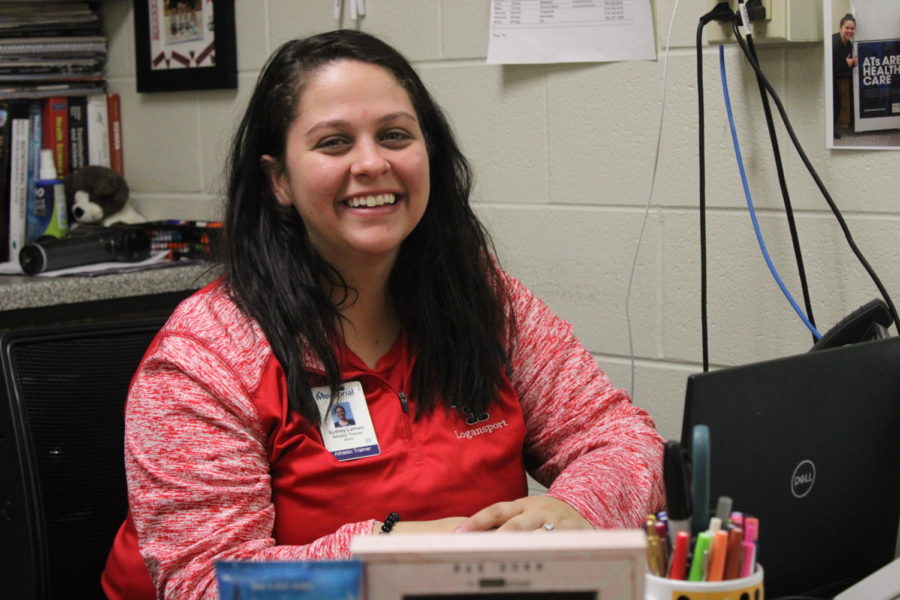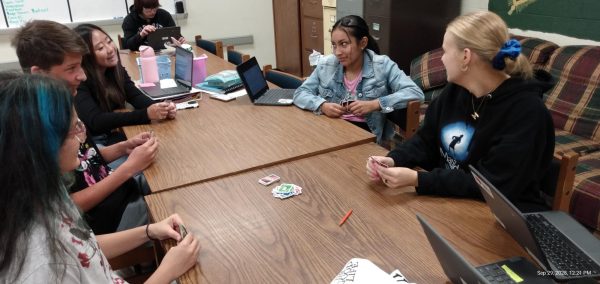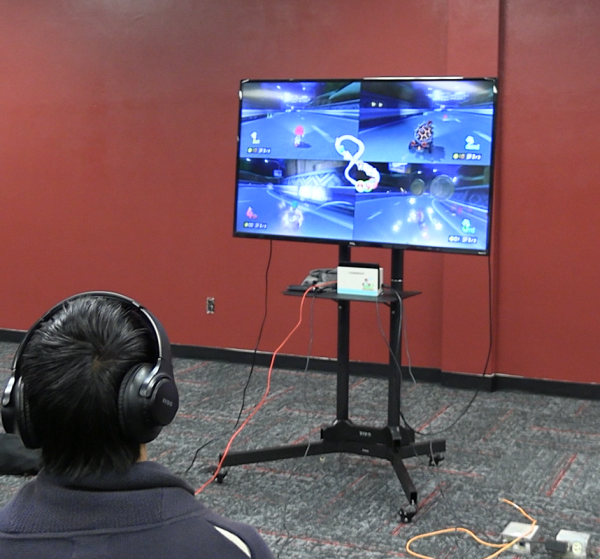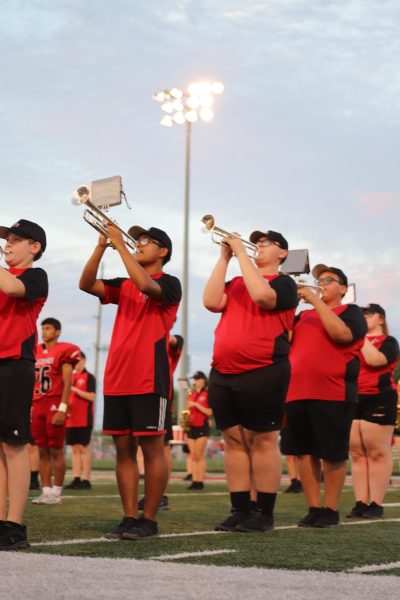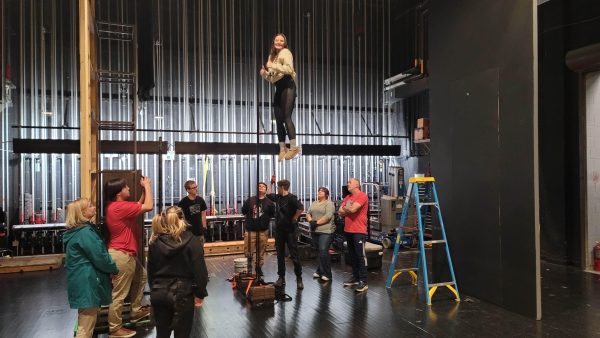Q&A with Athletic Trainer Sydney Latham
The athletics trainer for the last five years, Sydney Latham answers questions about her profession and experiences.
What does your job consist of?
As an athletic trainer, I am the first line of medical care for student-athletes. At the high school level, I provide injury and illness prevention, rehabilitation, emergency care, first aid, taping and bracing, nutritional advice, and so much more. I see athletes on a day-to-day basis and take care of their physical, emotional, and mental injuries and well-being.
What is your favorite part about being an athletic trainer?
I think my favorite part about being an athletic trainer is getting injured athletes back to doing the sports that they love to do.
What would you say is the hardest season for you?
I definitely think fall is a hard season because of the sports with high risk and impact like football and soccer. There is some stress with the fall simply because of the types of “more severe” injuries that could possibly occur.
What sports did you play in high school and did you ever have any injuries?
I was an athlete in high school and played soccer, basketball, and track. I had many injuries throughout my high school career. I broke my hand/wrist twice during basketball. I sprained and broke my ankle during basketball. I also had a concussion during soccer and tore my ACL during my senior year during soccer. I played hard all four years and would let my body take the brunt of the force, so I definitely think that attributed to some of my injuries. However, most of my injuries were not something I could have prevented like breaking my ankle or tearing my ACL or my concussion.
Why did you go into athletic training?
I originally had thought I wanted to be an x-ray tech or even a radiologist due to my personal history with broken bones, but after attending an athletic trainer camp my junior and senior year of high school, I knew then that athletic training was it for me. After personally having 11 broken bones at the time over the years, three concussions during high school, multiple sprained ankles, and tearing my ACL during my senior year playing soccer, I knew that my personal experience could help me relate better and be a better athletic trainer.
Would you recommend being an athletic trainer?
Absolutely, especially if you have your own injury experience, don’t mind feet, blood, or vomiting, and if you like sports and anatomy.
Why should someone consider being an athletic trainer?
Well, to be frank, we are in a nationwide shortage of athletic trainers in all fields within athletic training, but also, all high schools deserve to have a full-time athletic trainer. With the risk of catastrophic injury present in high school athletics, having an athletic trainer on the sideline can literally save someone’s life. Also, if you want to have an impact on athletes and be in a social work environment, athletic training does just that.
How would someone become an athletic trainer?
Athletic training is a collegiate route. You have to attend college and obtain a master’s in athletic training. Most schools with athletic training require students to attend a 4-year undergraduate program and then a 2-year master’s program. But, there are some integrated programs like Manchester university, which is where I personally attended, that offer a 3+2 program. Which is three years of undergrad and two years of grad school in the master’s of athletic training. You also, must pass your board of certification exam and become a licensed athletic trainer in 49 states. You must also do continuing education every two years and maintain a current CPR and first aid certification.
What made you decide you want to work in this field?
So out of all the different types of athletic training, there are secondary school, collegiate, professional sports, military, ergonomics, and industrial, I decided to be at the secondary school level. Knowing I wanted to start a family and the hours that a high school offers, I knew this was the right path for me. Plus, I would also have an impact a kids’ lives this way and help them how my athletic trainer in high school helped me.
What is the process you go through with injured athletes?
It really depends on the situation, but the most basic process would be an injury occurs, the athlete notifies their coach, the coach notifies me, and the athlete comes after school for evaluation. Then, after the evaluation occurs, a treatment plan is devised and any taping, bracing, rehab, or treatment then occurs. I work with them daily to get them functional and back to normal for their sports. If a certain injury needs that or if the injury is severe enough, I work hand-in-hand with the orthopedic doctors and refer them for further evaluation. I also work alongside other medical professionals such as physical therapists, massage therapists, chiropractors, dentists, ophthalmologists, and many more.
Your donation will support the student journalists of Logansport High School. Your contribution will allow us to purchase equipment and cover our annual website hosting costs.

This is Jerika Razer's first full year on staff, and she is the Feature Section Editor. She is a sophomore at LHS. She has enjoyed her time on staff and...

